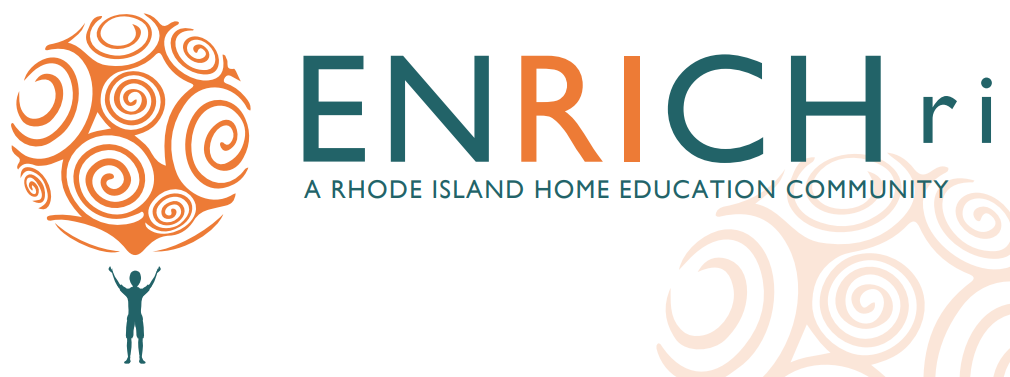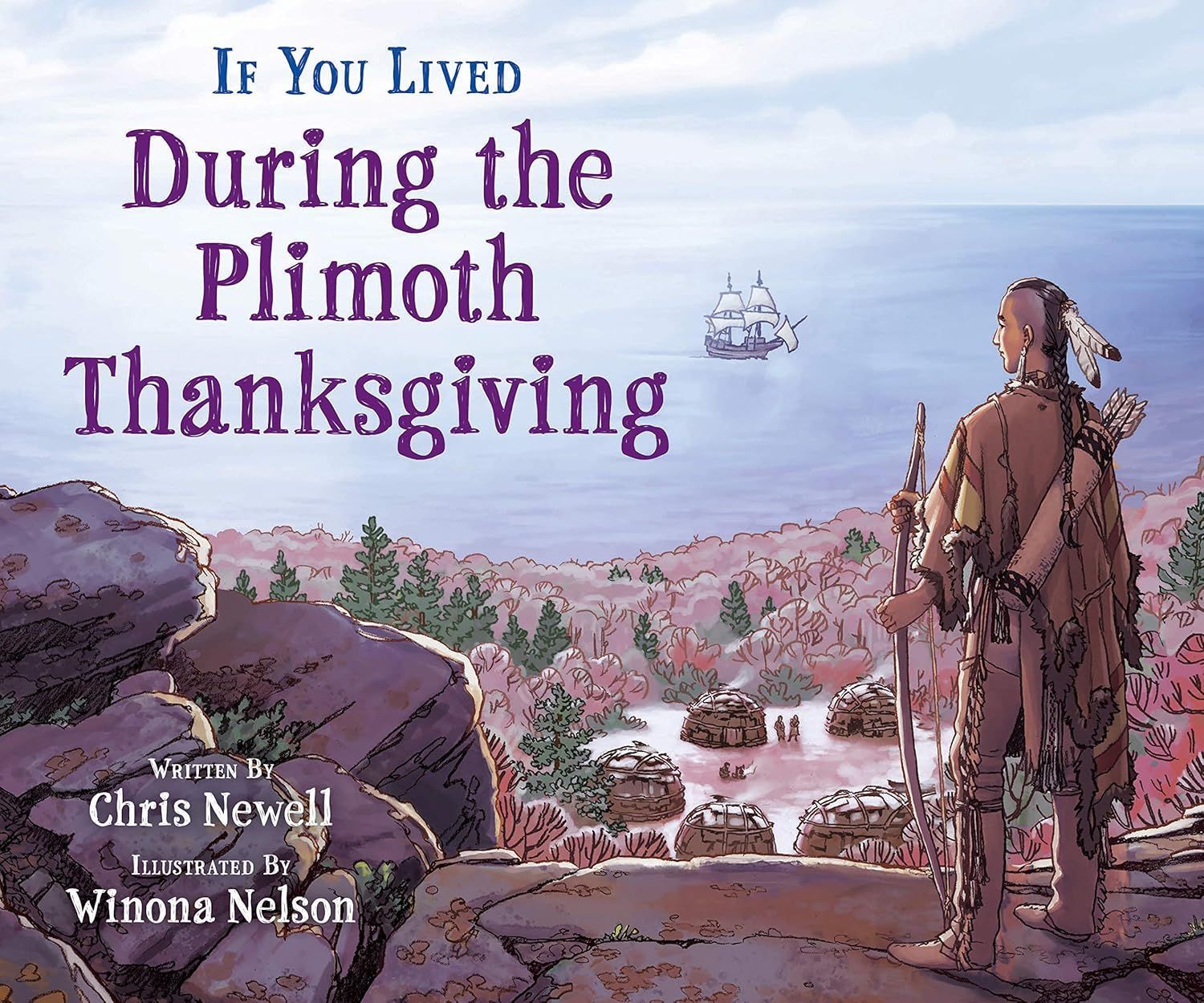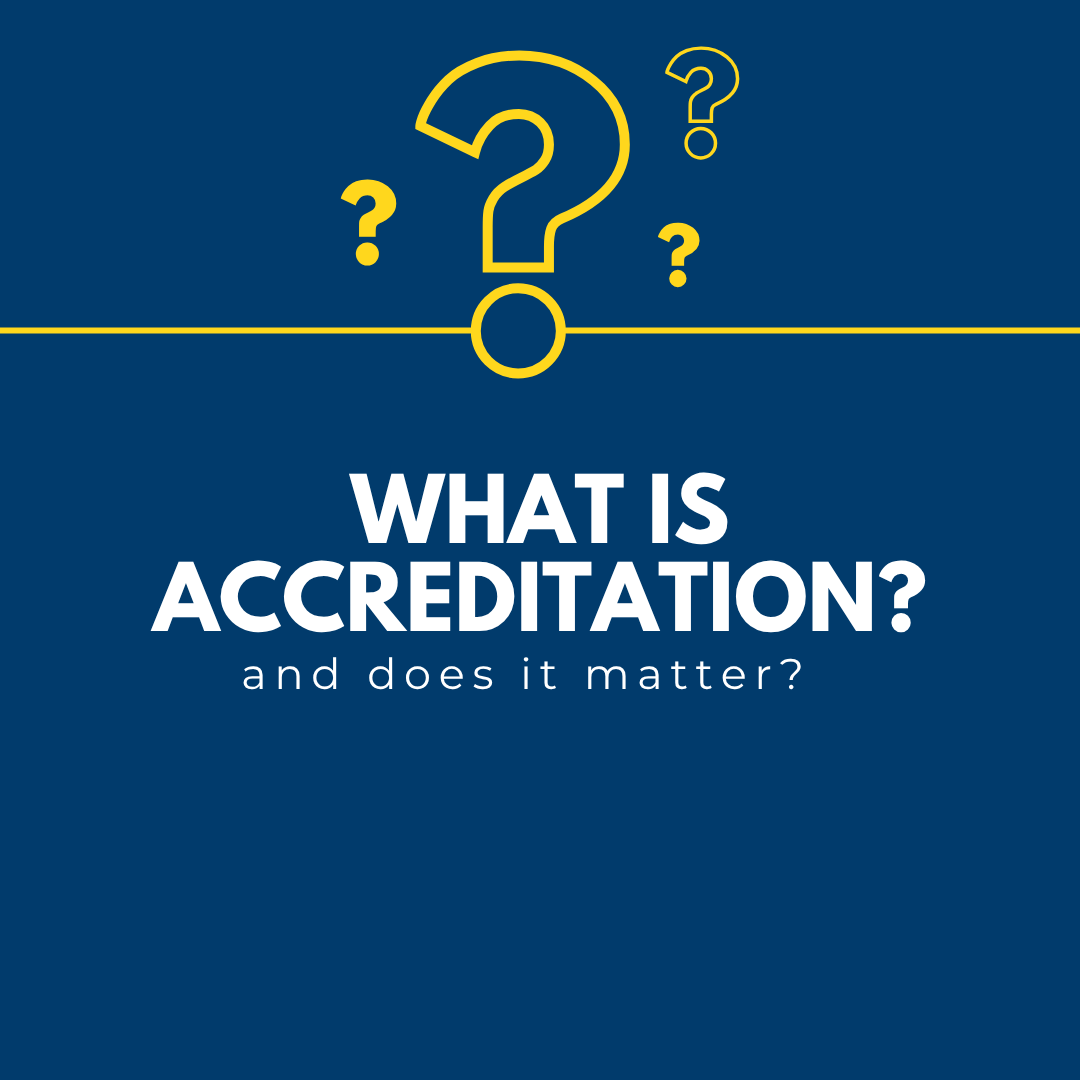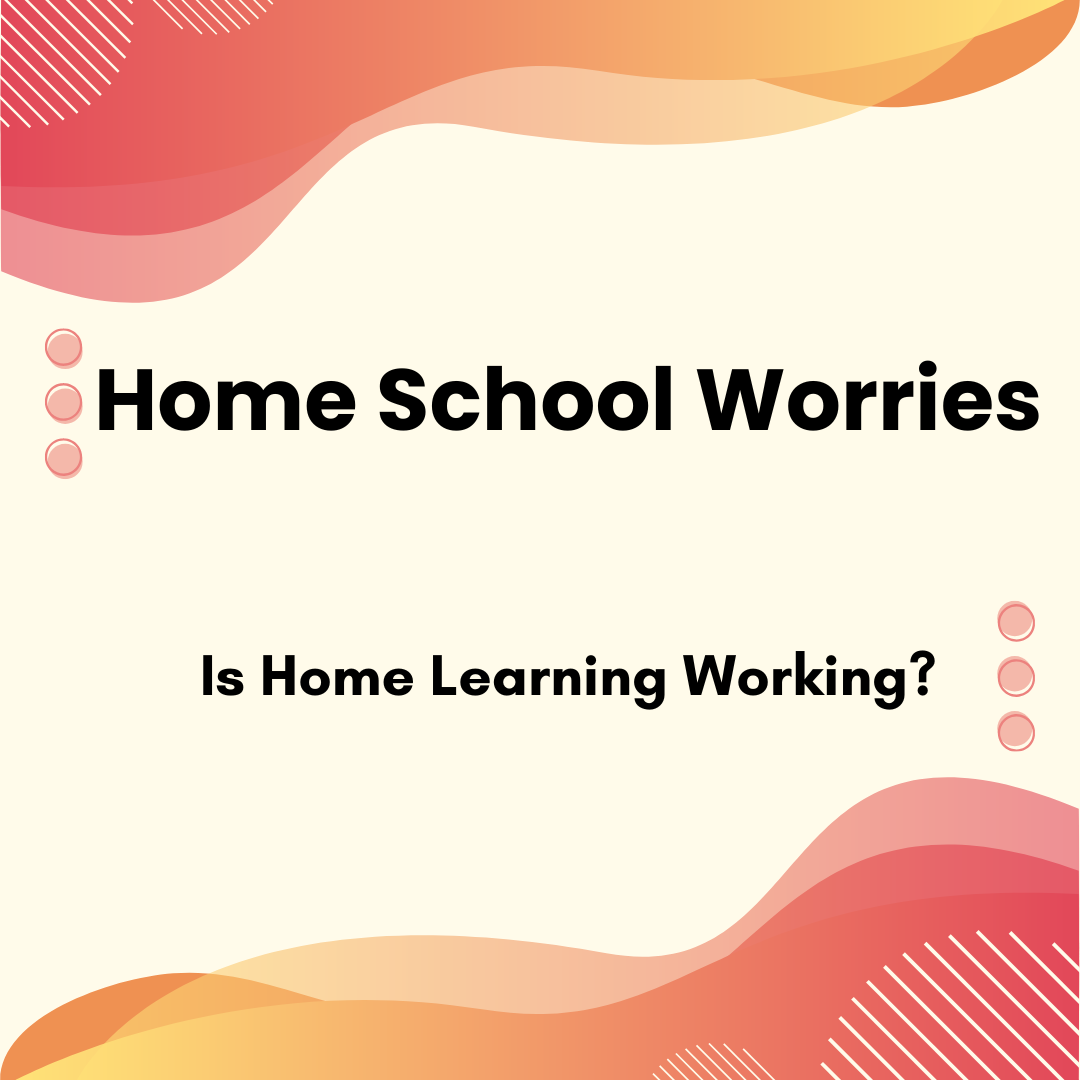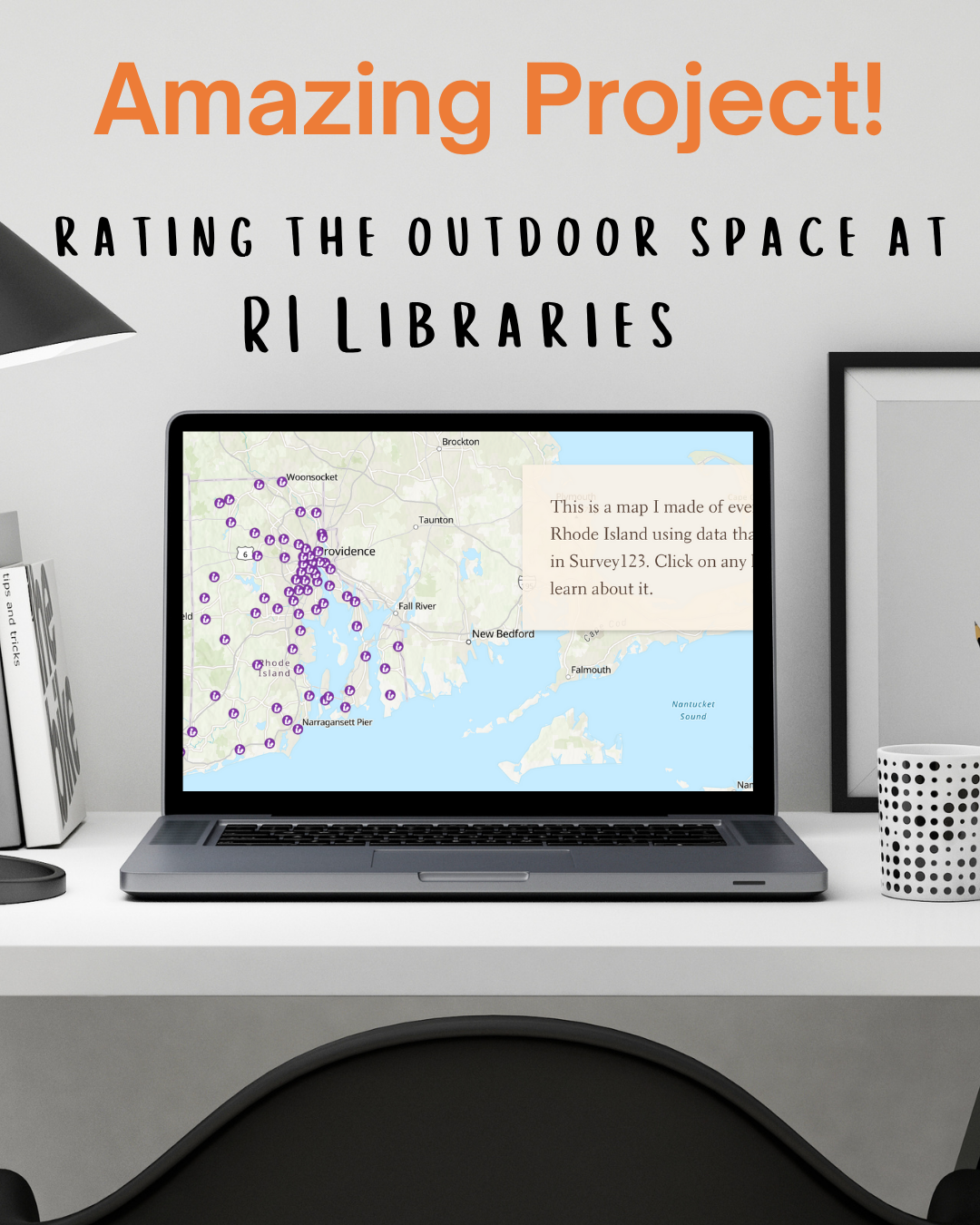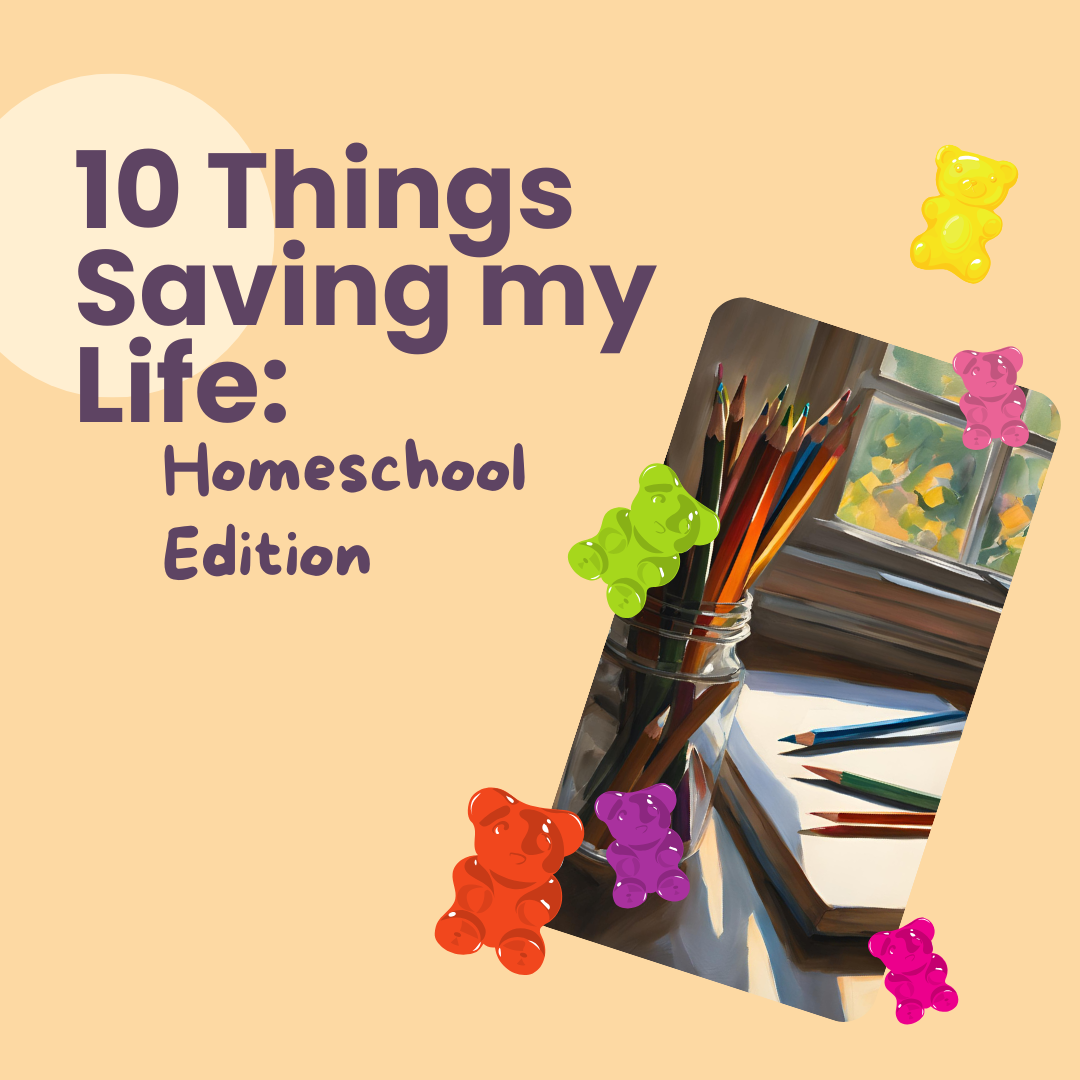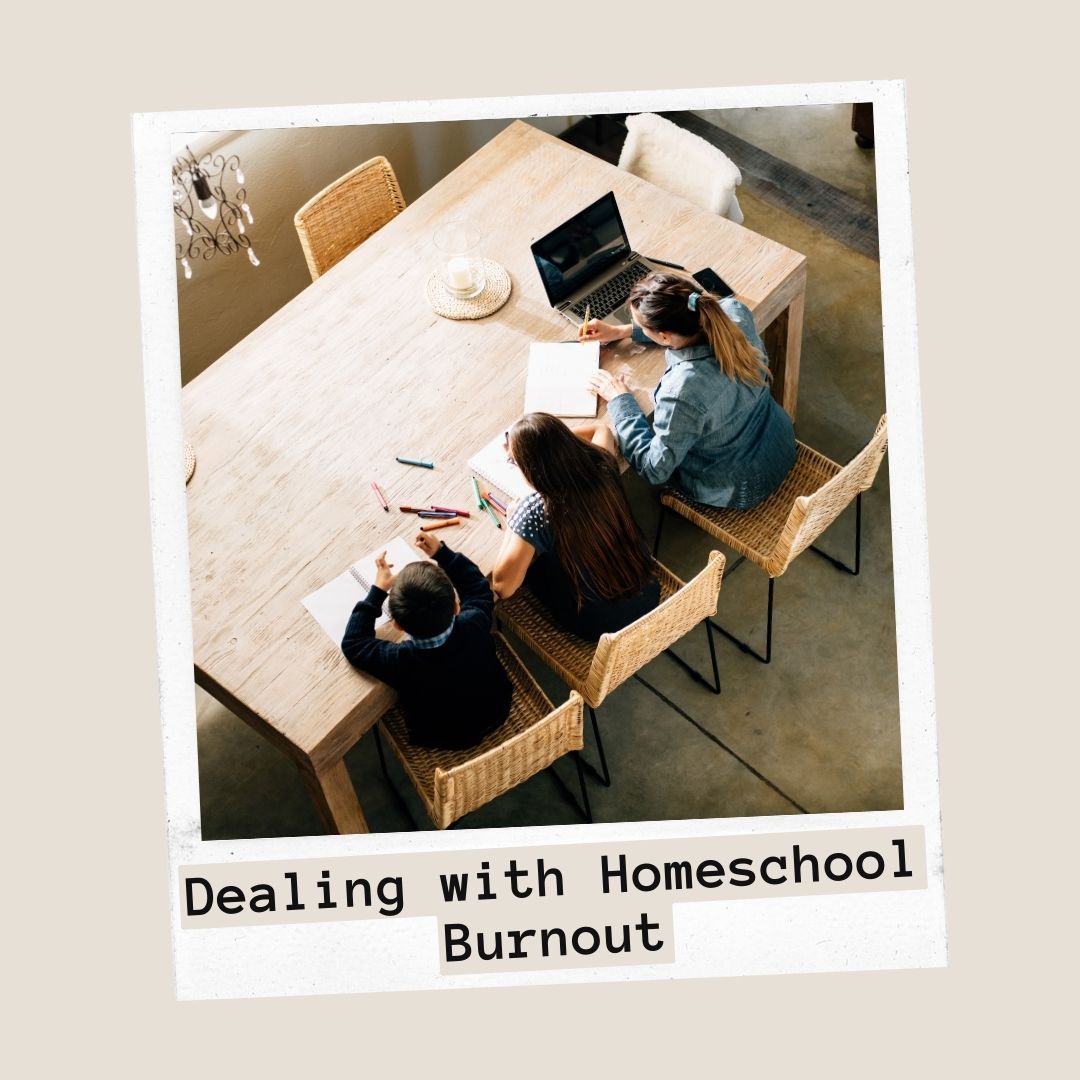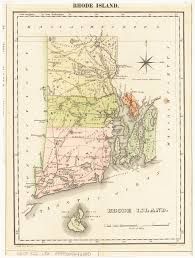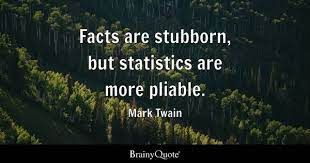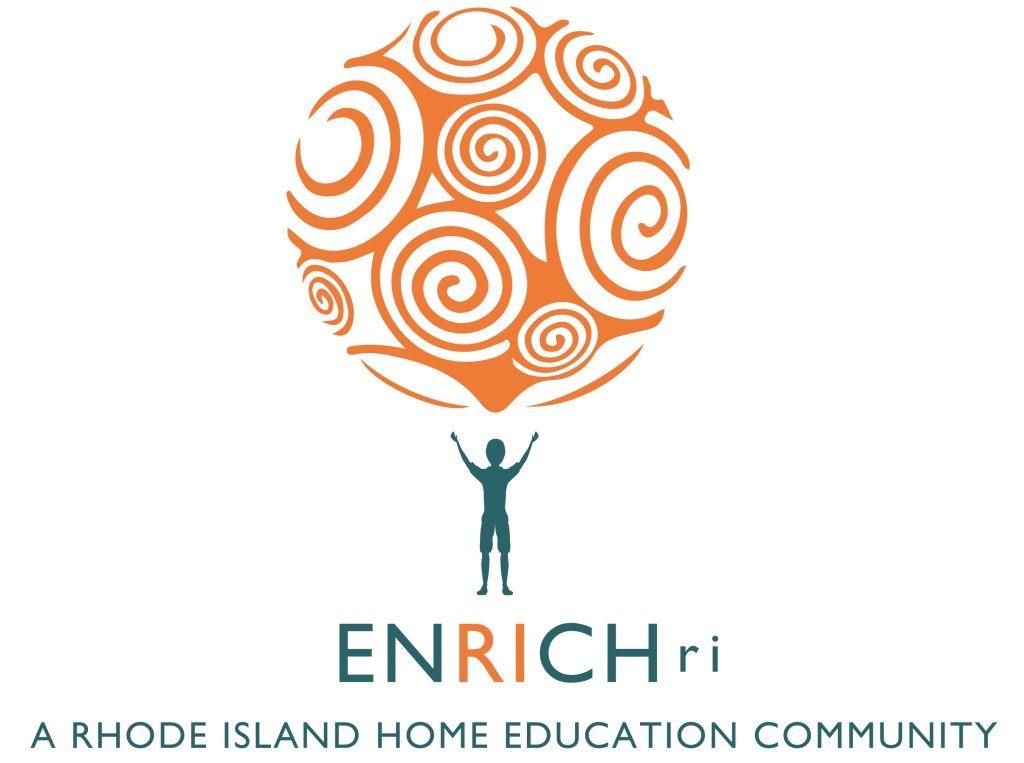Choosing a Homeschool Curriculum
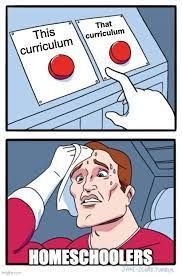
I often say that the opportunity to tailor your child’s education is one of the best, and also hardest, parts of homeschooling. The ability to choose curriculum to customize your family’s learning is wonderful but it’s easy to feel like you’re drowning in choices! Even me (who loves curriculum and research!) can get overwhelmed with the volume of resources that are available. However, I’ve found that with a few questions, a little reflection and a couple of reliable resources the process of finding a curriculum can be a lot easier.
Before You Begin Your Search
Before you begin, ask yourself a few questions:
1. What are your goals for the year? What are you searching for?
It’s easy to jump right onto Google and start down the rabbit hole of curriculum. But first, take a few minutes to think about your goals, your child(ren)’s goals, and what exactly you’re searching for. Are you looking for… resources for a particular academic subject? …resources for a passion of your child’s or an elective? …something related to personal growth? You could be looking for one or more of these things. It helps to get a handle on what you want to get out of this homeschool year or period before you start your search.
The more specific you can make each goal, the better. You will likely have different goals for each child and even if you have similar goals for multiple children, your focus could be different for each. Take writing for example, one child may be an outstanding creative writer but you would like them to have more experience with research-based writing; while another child may love research but need more instruction in the mechanics of writing or becoming comfortable expressing themselves creatively. You will most likely need different resources to meet these individual needs.
Keep in Mind:
- You most likely will end up with a variety of resources because every child is different and how each child relates to every subject/topic is also different. It’s tempting to try to find a “one size fits all” solution but this is usually unrealistic. Breaking down your goals and needs to the smallest size you can sets yourself up to discover the optimal materials for each need.
2. What is your child’s learning style? And what’s yours?
Understanding how your child learns best will help tremendously in evaluating resources. If, for example, they are a tactile learner, you want to choose a curriculum that will allow for that hands-on experience using manipulatives, experiments, or activities. If they are auditory learners they may do very well with a literature based curriculum that’s read aloud either by you or using audio books. If they are visual learners, you’ll want to make sure whatever they are using is visually engaging and incorporates images, color, and maybe even videos. You can find lots of learning style quizzes online – these sites have quizzes and more information: Education.com, Hip Homeschool Moms, and if you would like something more in-depth the book The Way They Learn is recommended..
Your learning style is also important – so take the quiz for yourself too. Your style may be very different from your child’s and that’s important to recognize. First, because you will probably initially gravitate towards a curriculum which suits your learning style and therefore may not be a good fit. And second, because you are the facilitator so you want to ensure that you’re meeting your child’s needs but also that you’ll enjoy using the materials as well. The child and parent should both be happy!
You can also think about your homeschool style and philosophy. Is there a methodology that you align with or whose ideas you would like to incorporate into your homeschool? If you’re unfamiliar with the main homeschool styles, this video from Simply Charlotte Mason is a good introduction. You may find one that you align with or you may incorporate pieces of several to develop your own unique, eclectic homeschool.
Keep in Mind:
- Every individual has their own learning and teaching styles. Knowing your preferences and those of your family members allows you to select resources tailor-made for your family.
3. What format of curriculum are you looking for?
Question 1 narrowed down the subjects you’re looking for, this question is how do you want to approach those subjects? There are lots of formats to choose from:
- More traditional all-in-one curriculums that contain everything you need either online or paper-based;
- Open and go curriculum where everything is laid out and you just open and begin
- Spine curriculums (often literature based) that center around a particular historical period or topic and include most subjects (history, science, literature, art, etc) but need to be supplemented with math and maybe a foreign language;
- Project or unit study resources that teach all subjects through a particular interest or lens (such as space, or construction, or architecture);
- Online classes that are taught by others (can be live or asynchronous)
- In-person classes taught by professionals
Using your answers to the previous questions, think about what might work best for each subject or goal that you’re addressing.
Keep in Mind:
- The format of curriculum varies for everyone depending on your child, your resources, and the time you have available. Some families need an all-in-one online or self-directed program. Other families end up with a mix of formats such as a literature-based curriculum for history, science, literature, and art, an asynchronous video-based curriculum for math, an in-person or online class for a foreign language or an elective, and a traditional textbook/workbook for a subject like grammar.
The Search
Now that you have a better idea of what you are looking for, how do you actually find it? I recommend, rather than Google, starting with a couple of reliable resources. The first is Cathy Duffy’s book, 102 Top Picks for Homeschool Curriculum. This book begins with a great section called “How to Choose Homeschool Curriculum” which includes learning style quizzes. Then it moves on to recommendations which are matched to those learning styles. It’s a fantastic resource for getting a feel for what curriculum you click with. I will note that it is not secular, there are faith-based curriculums included but they are clearly delineated.
The second resource is a trusted homeschool group page. The ENRICHri website has a How To page which lists the most popular curriculum among members. Many other organizations do the same – if you have one that you belong to or like, start there.
Those resources should help you identify more of what appeals to you, or not. If you haven’t found “the one” yet use what you’ve learned to narrow down your Google searches.
Keep in Mind:
- The more specific you can be in your searching, the higher-quality your results will be. An online search, or forum request, for a “colorful, hands-on early elementary math curriculum” will return much more useful results than a search for “elementary homeschool math programs”.
- There are no perfect resources out there. The materials you find are tools that you decide how to use. You can manipulate them to make them work for your family – you don’t have to do every problem or complete every lesson or chapter. If a resource appeals to you and seems usable it’s ok if it’s not perfect. You’ll make it perfect for you!
Making the Decision
Once you’ve found an option or two how do you decide to go for it? First, take a minute to think about what you were looking for when you started; make sure it aligns with your criteria, learning styles, preferred format, etc. It can be easy to get swept up in what works for others or is being raved about and forget our own specific needs!
Then, try it out! You should be able to find a sample of the curriculum on the website; if not, email or call and ask – I’ve never had anyone say no! Once you have it, see if you like the format and tone (if there’s a script for the facilitator check to see if you’re going to feel silly reading it). Have your child take a look and try it. Is it appealing to them?
And finally, ask yourself whether it fits your homeschool life – how much time will it take? Does it require prep time from you? What will you need to do to make it successful? These answers should help you make a final decision as to whether you’ve found your pick!
Keep in Mind:
- Price is also important! Most of us have a limited budget to spend and are looking to stretch our dollars as far as possible. But this does not mean that you should be limited to free, or very low-cost curriculums that might not be a good fit. There are a few ways to find resources that you initially thought were outside your budget:
1) Use your library! Libraries carry books, curriculum, videos, online resources (great for foreign languages, technical courses), microscopes, lab materials, etc.
2) Take advantage of the resale market – many homeschool groups have a buy/sell/trade page or forum on their social media platform, there are dedicated buy/sell pages for specific curriculum or programs, and there are dedicated websites for resales of homeschool materials such as Homeschool Classifieds.
3) Ask around! Often posting a message with what you’re searching for on your local homeschool forum will turn-up someone who has it sitting on their shelf and is willing to let you borrow or buy it.
4) For online programs, investigate group buys or discount codes that are available. Even if you don’t find one, you may find there’s enough interest out there for you to set one up!
After the Decision
Congratulations – you’ve found your curriculum! It’s a great feeling; you’ll probably be excited to jump in and get started! Hopefully, it will work out as planned and lead to a great experience for your family.
However, don’t be surprised, or alarmed, if it doesn’t quite go as you envision. We have all chosen a curriculum with the best intentions and had it bomb. There are things you just can’t foresee before you start. If that’s the case, please remember that homeschooling should not be miserable – for anyone. You may be able to adjust the curriculum to make it work (more on that in a subsequent post) or you may need to find an alternative. It’s ok, it happens – often! Be flexible, take what you’ve learned from the experience and try again!
Happy curriculum hunting!
Written by Alyssa Crowder
Share Article
